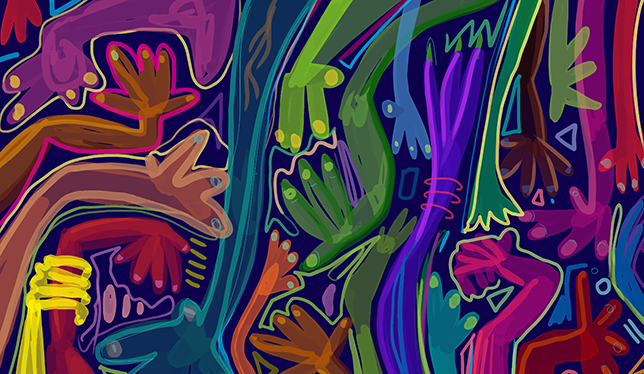We must think boldly to effect change in universities

A combination of events set me to thinking about “boldness” this summer and early fall. Just before summer started, one of our researchers at Dalhousie University, Jeff Dahn, signed a contract with U.S. electric-car manufacturer Tesla Motors. This led to a visit by Tesla’s vice-president, J.B. Straubel, complete with a bright red Tesla that was flown in for the occasion. Tesla’s vision as laid out by Mr. Straubel was bold and dynamic. After his visit, some of us read a biography about Tesla’s founder, Elon Musk, by Ashlee Vance. I took it on my vacation in July and could not put it down. The expansiveness of his vision, boldness and risk-taking were astounding and very instructive to think about. I wondered what the university equivalent of such boldness has been and could be.
Later in the summer, I accompanied the Premier of Nova Scotia on a trip to China where we visited a new campus of Shandong University in Qingdao. This new, not yet completed campus, located a few hundred kilometers from the main inland campus of that university, will focus on marine science and is located in a city on the ocean. In the next five years the plan is to build a campus with over 20 academic buildings, a sports stadium, numerous tennis courts, a major museum and library, and several student residences. It will be located near to two large new government institutes for ocean sciences and a 10-storey tank of ocean water for experiments. Nearby, five research ships are stationed. The campus will be co-located with a very large number of housing units for professors and their families and with an innovation centre that is expected to have several high-rise office towers.
This is but one of the elements in the Chinese government’s Maritime Silk Road strategic initiative to increase its ocean-based economy. There are at least two other universities building similar campuses in other cities along the South China Sea. As our Nova Scotia delegation stood in one of the first four buildings looking at a model of what was to come, our mouths fell open and we muttered in unison, “What a remarkably bold plan.” In five years’ time they expect to have 25,000 students and a thousand professors on this very large campus built from scratch with the help of some international partners.
This set me to wonder if Canada had ever put a new university in place so rapidly and so boldly. In fact, yes, this has occurred. Simon Fraser University, which is celebrating its 50th anniversary this year, was reportedly built in 15 months – a bold space-age building located on the top of a mountain. The Université du Québec system, modelled after the state systems in the United States, is another striking example that has happened in the last 50 years. Université du Québec à Montréal, part of that system, situated in the heart of downtown Montreal, was constructed around the façade and remnants of a cathedral, an iconoclastic symbol of the church giving way to the Quiet Revolution. Moreover, UQAM adopted a bold new academic structure that does not have traditional faculties and departments.
Finally, while I was in China, the body of Alan Kurdi focused the attention of the world on the plight of the Syrian refugees that are part of the mass migration to Europe. In the midst of this international crisis, German Chancellor Angela Merkel and her country, in a bold act of political courage and humanity, opened their border to several hundred thousand refugees. I have wondered what acts of courage and boldness universities will undertake in relation to these refugees? Ryerson University was the most proactive of the Canadian universities when it had the vision to begin its Lifeline Syria Challenge a few months ago.
Thinking about bold acts and ideas has reminded me that when I was pregnant with my third child and the other two were under the age of four, I found this quote by Goethe while I was walking past a church on Sherbrooke Street in Montreal: “Whatever you do or dream, begin it. Boldness has genius, power and magic in it.” I wrote it down on a slip of paper and immediately went to the graduate studies office at McGill to apply to do my PhD, which I completed in the next four years, taking my children with me on my fieldwork in the Arctic. I have often wondered if it was bold or crazy to do so. With time, I have decided it was bold. Those words of Goethe’s sit near my desk at home even today as I am writing this, urging me – and all of us, students, professors and staff – to think bold thoughts and take bold actions in our universities. They could have power and magic in them.
Featured Jobs
- Psychology - Assistant Professor (Speech-Language Pathology)University of Victoria
- Canada Excellence Research Chair in Computational Social Science, AI, and Democracy (Associate or Full Professor)McGill University
- Veterinary Medicine - Faculty Position (Large Animal Internal Medicine) University of Saskatchewan
- Business – Lecturer or Assistant Professor, 2-year term (Strategic Management) McMaster University










Post a comment
University Affairs moderates all comments according to the following guidelines. If approved, comments generally appear within one business day. We may republish particularly insightful remarks in our print edition or elsewhere.